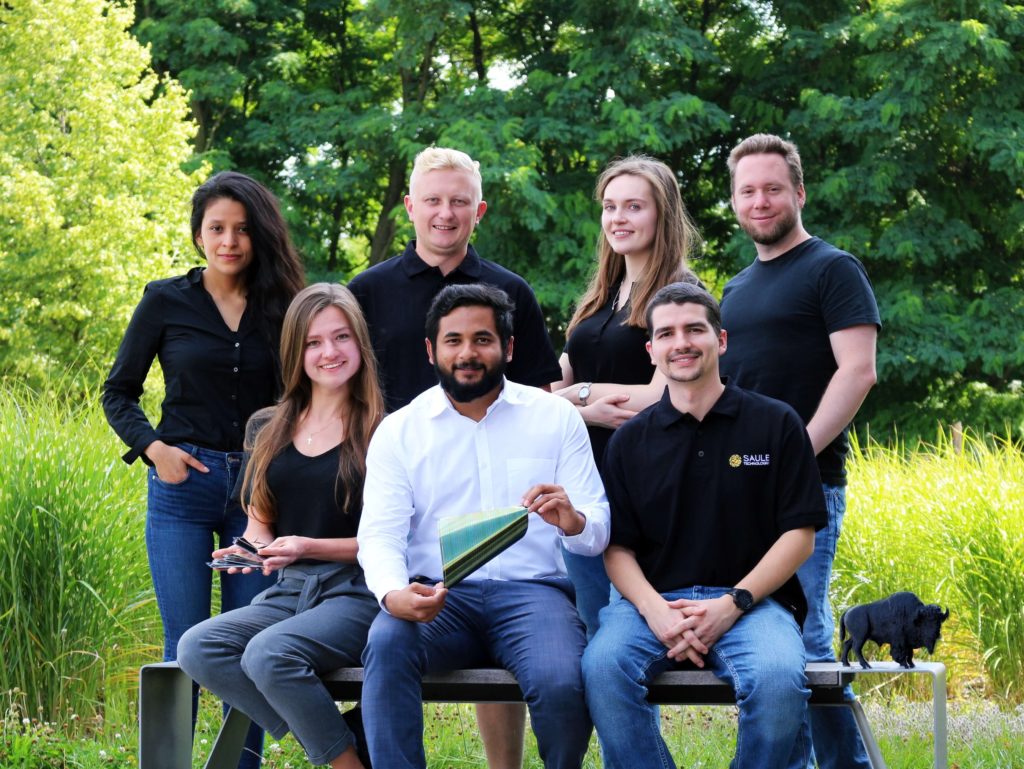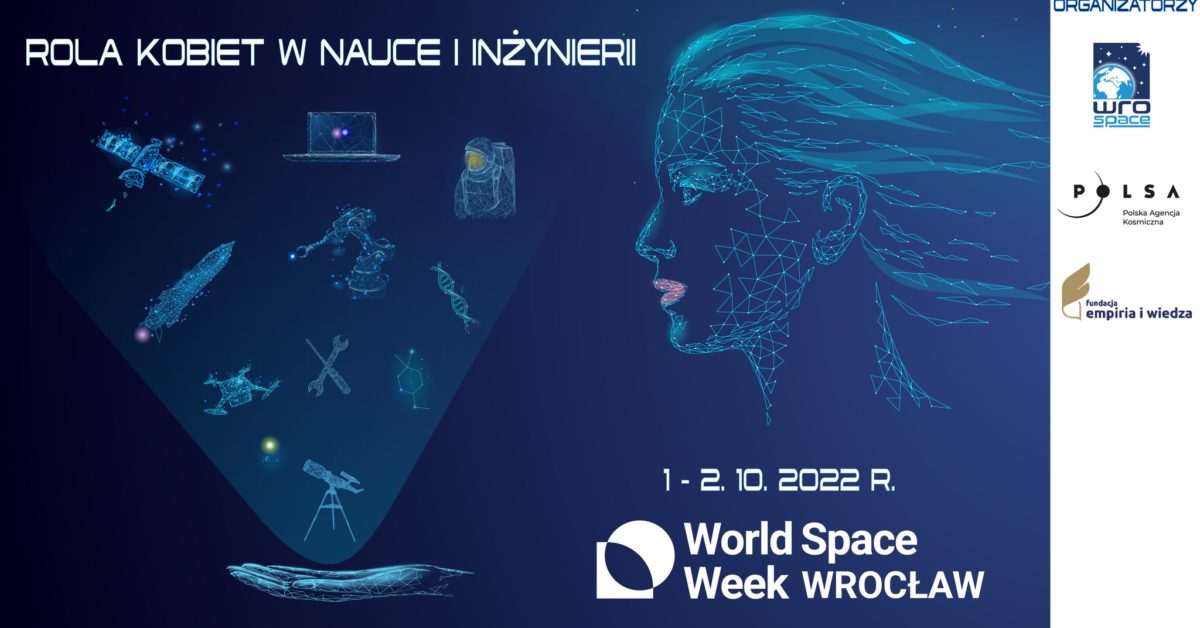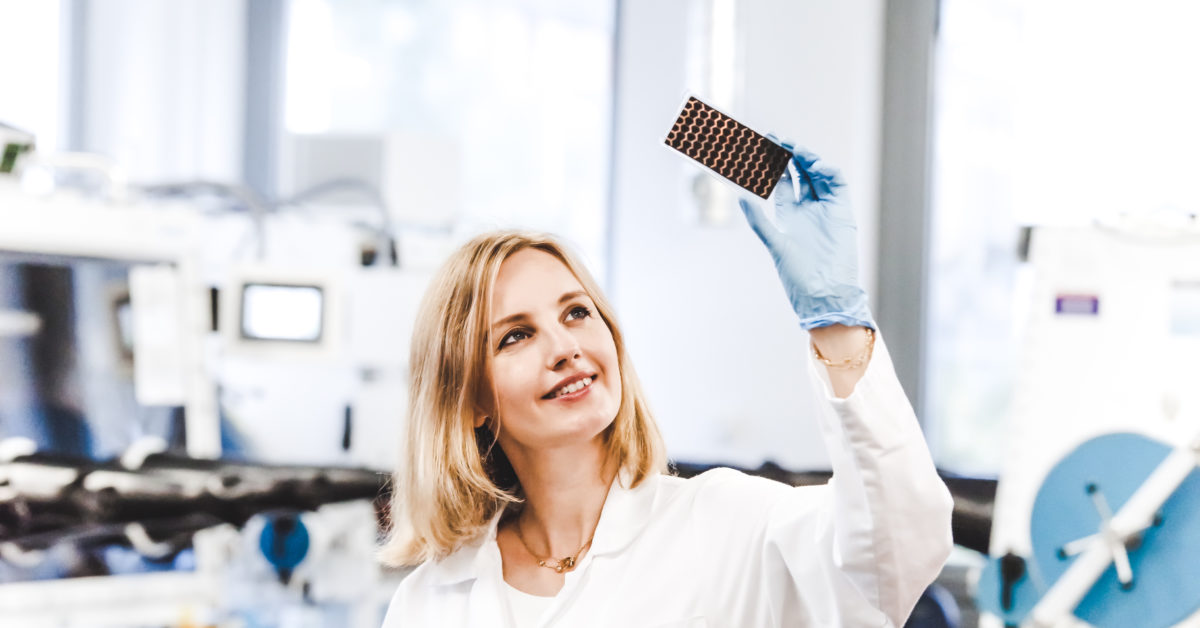Saule Technologies and WWF Develop Asset Tracking IoT Device in Effort to Save European Bison
The European bison (bison bonasus) is the largest herbivore and mammal in Europe, weighing up to 800kg. Despite a cataclysmic population decline to less than 100 specimens in the early 20th century, these gentle animals can now be found across mainland Europe in natural reserves from Spain to Poland, with a total worldwide population of around 7,500.
Bison population recovery, however, is an ongoing process. Recent research from the World Wildlife Fund (WWF) suggests that the density of the European bison in Ukraine must be improved. One of the initiatives of WWF Poland and WWF Ukraine is reallocating a fragment of the bison population from Białowieża National Park in Poland to various areas in Ukraine.
“We need to connect the free moving bison population divided across Europe and support natural gene flow,” says Bohdan Vykhor, Ph.D., Wildlife Programme manager at the WWF Ukraine.
Using tracking systems on captive animals is one of the best strategies in understanding their behavior in their natural environment. Existing commercially available solutions have many drawbacks related to their lifetime and durability.
“Perovskite solar cells will be a gamechanger in powering the animal-tracking devices,” says Vivek Babu, process engineer in Saule Technologies. “Our lightweight solar modules are printed on flexible substrates which in turn are sealed to prevent mechanical damage and allows for easy attachment to the tracking collar.”
By integrating perovskite solar modules from Saule Technologies with a rechargeable battery, the estimated lifetime of the tracking device will be over 10 years – significantly longer than current commercially available asset-tracking products. The device will be designed to provide real-time data on the location of the animal, as well as environmental parameters.
The unique properties of perovskite solar cells make them excellent for Internet of Things (IoT) applications. The bison tracking system developed by Saule will be one of the first perovskite-powered IoT solutions.
“We are proud to collaborate with such institutions as WWF and the United Nations on a project supporting biodiversity conservation,” says Saule Technologies’ CTO Olga Malinkiewicz.
In the first phase, it is planned to test the solution on a small group of bison; however, the project aims to support introducing over 4,000 bison over the course of 10 years in various areas in Ukraine.
This project is co-financed by the United Nations Development Programme (UNDP) and the Polish Challenge Fund.
For more information, here is the official Press Release about the project.
Header image by Nicolas Petit from Pexels.







